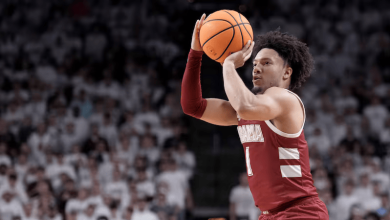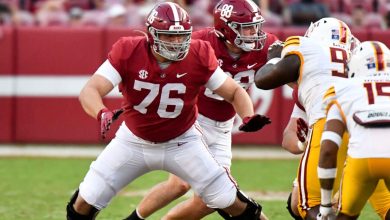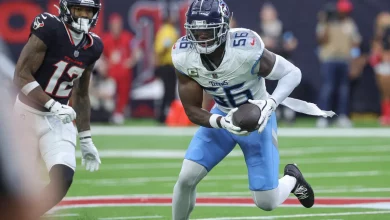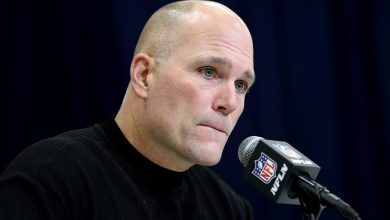Since Hugh Freeze’s hire in 2022, Auburn has utilized the transfer portal to enhance its roster, with notable success in key player acquisitions improving team performance.
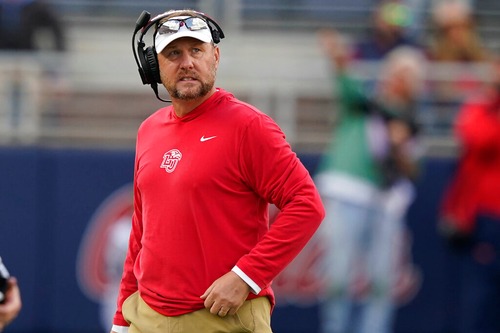
When Hugh Freeze was hired as Auburn University’s head football coach in 2022, one of his primary tasks was to rebuild a program that had seen inconsistent performances under former head coach Bryan Harsin. To achieve success in the hyper-competitive SEC, Freeze has turned to the transfer portal as a critical tool for reshaping Auburn’s roster, particularly in areas that were considered weak or lacking depth. Over the course of Freeze’s early tenure, Auburn has not only been active in acquiring transfers but has also seen measurable success from these players, especially in key positions like quarterback, wide receiver, and defensive line. In this analysis, we will break down the Tigers’ transfer portal strategy under Freeze and evaluate how well those acquisitions have contributed to the team’s performance on the field.
The Transfer Portal Landscape and Hugh Freeze’s Strategy
The transfer portal, which was introduced in 2018, has fundamentally changed how college football programs approach roster building. Prior to the portal’s existence, players who wished to transfer had to receive a release from their current school, and there were various restrictions on when and how players could transfer. With the advent of the portal, the process has become more streamlined, offering players more freedom and giving coaches the ability to quickly address gaps in their roster without waiting for high school recruits to develop.
For Freeze, the transfer portal is not just a safety net for filling holes but a strategic tool for accelerating roster transformation. At Auburn, a program with a storied history but a recent stretch of underperformance, Freeze knew that he would need to address several areas of weakness immediately. In his first offseason, Freeze’s staff was active in recruiting from the portal, bringing in both experienced players who could contribute right away and younger players with high upside who could develop into long-term contributors.
Key Position Groups Targeted in the Transfer Portal
One of Freeze’s first moves was to target positions that could have an immediate impact on the field, rather than simply recruiting players for the future. Let’s break down the primary areas of focus for Auburn’s transfer portal activity.
1. Quarterback: A New Signal Caller for the Tigers
Perhaps the most crucial position Auburn needed to address in the transfer portal was quarterback. In 2022, Auburn struggled to find consistent play under center, with both TJ Finley and Robby Ashford seeing time as starting quarterbacks but failing to deliver consistent results. Freeze knew that in the SEC, where quarterback play can be the difference between a successful season and a disappointing one, he had to find a proven quarterback who could lead the offense.
Freeze targeted former Michigan State quarterback Payton Thorne, who had starting experience in the Big Ten. Thorne’s arrival was crucial for Auburn as he provided immediate stability at the quarterback position. Thorne, who had shown flashes of promise during his time at Michigan State, was a more seasoned and capable option compared to the untested quarterbacks Auburn had been relying on.
Thorne’s addition gave Auburn a proven leader at quarterback and allowed Freeze’s offensive system to operate more smoothly. His leadership and experience were key in Auburn’s early season successes under Freeze, helping the Tigers to gain momentum and remain competitive in a tough SEC schedule.
2. Wide Receiver: Boosting the Pass Game
Another position that Freeze targeted heavily in the transfer portal was wide receiver. Auburn’s passing game had been lackluster in previous seasons, and the lack of playmakers at the wide receiver position was a significant hindrance to the offense. Freeze sought to bring in talent that could stretch the field, make big plays, and help the quarterback be more effective.
Freeze’s most significant acquisition at receiver was Coy Moore, a transfer from LSU who had experience playing in one of the SEC’s most competitive programs. Moore’s size, speed, and ability to create separation made him an immediate weapon in the passing game. Alongside Moore, Freeze brought in Jay Fair from the transfer portal, who had played at the University of Texas and showed promise as a versatile wideout with deep threat potential.
These additions helped Auburn immediately improve in the passing game, giving Payton Thorne reliable targets who could move the chains and open up space for the running game as well. The infusion of talent at the wide receiver position was a key component of Freeze’s offensive strategy.
3. Defensive Line: Strengthening the Front Seven
While Freeze focused heavily on the offensive side of the ball in the transfer portal, he also recognized the importance of strengthening Auburn’s defense, particularly the defensive line. In the SEC, where teams consistently boast strong offensive lines and running games, having a dominant defensive line is a necessity for success. Freeze set out to bolster Auburn’s defensive front with players who could immediately contribute.
One of the key acquisitions was Jayson Jones, a transfer from Oregon who was known for his ability to disrupt the quarterback and stop the run. Jones’ experience and ability to clog up running lanes helped Auburn improve its defensive play in the trenches. Additionally, Freeze brought in Damon Payne from Alabama, a highly-touted defensive lineman with the potential to develop into a key starter for the Tigers.
These additions paid off immediately, as Auburn’s defense showed marked improvement, particularly in its ability to limit opposing rushing attacks and pressure opposing quarterbacks. The defensive line, bolstered by these experienced transfers, gave Auburn a much-needed boost in a conference where every team is physical up front.
4. Linebacker and Secondary Depth: Solidifying the Defense
Freeze also made moves in the secondary and linebacker positions, though these were slightly less prominent in terms of big-name transfers. Nonetheless, depth was a critical need, and Freeze targeted players who could come in and provide both immediate and long-term contributions. Earl Little Jr., a transfer from Alabama, provided valuable depth to the defensive backfield, while Austin Keys from Ole Miss added experience to the linebacker corps.
These acquisitions helped Auburn add much-needed depth and experience to the defense, ensuring that they could rotate players in and maintain a high level of play throughout the season.
Evaluating the Success of Freeze’s Transfer Portal Class
As of 2025, it’s clear that Freeze’s transfer portal strategy has been a success. While it’s still early in his tenure, the impact of these transfers on Auburn’s performance cannot be overstated.
Offensive Impact: The most obvious improvement has come on offense, particularly at quarterback and wide receiver. Payton Thorne has been a steady presence under center, leading Auburn’s offense with poise and consistency. His leadership has been invaluable, and his connection with wide receivers like Coy Moore and Jay Fair has revitalized Auburn’s passing game. The improved offensive performance has allowed Auburn to be more competitive in high-scoring SEC games.
Defensive Impact: On defense, Auburn’s defensive line has become a formidable force, disrupting the run game and pressuring quarterbacks. The infusion of talent in the trenches has helped the Tigers maintain a strong defensive identity, something that is crucial in the SEC. While Auburn’s secondary and linebacker corps have shown improvement, the defensive line is where Freeze’s portal strategy has made the most significant impact.
Depth and Long-Term Impact: Beyond immediate contributors, Freeze’s use of the transfer portal has also helped Auburn build a deeper, more balanced roster. The Tigers now have depth at nearly every position, reducing the impact of injuries and allowing the coaching staff to rotate players more effectively.
A New Era for Auburn Football
Under Hugh Freeze, Auburn has successfully utilized the transfer portal to rebuild and enhance its roster. By targeting key positions of need, Freeze has been able to bring in experienced players who have made an immediate impact on both sides of the ball. The result has been a more competitive and well-rounded Auburn team that is poised to challenge for SEC titles in the near future.
While it’s still early in Freeze’s tenure, the success of his transfer portal strategy provides optimism for the future of Auburn football. If Freeze continues to make smart, targeted additions through the portal, Auburn could once again become a perennial powerhouse in the SEC, capable of competing at the highest level.



